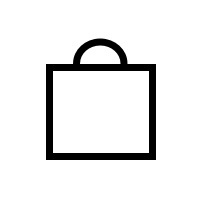First there was the aqua peel, and now, enter the milk peel – another popular and trending exfoliation treatment! Milk peeling started as a treatment performed in-office at Korean dermatology clinics to help instantly brighten skin skin. The name caught on because not only does this treatment utilize lactic acid (found abundantly in milk) but because of the ‘milky’ quality of the afterwards – bright, smooth and even. As with many dermatology trends in Korea, it was only a matter of time before this trickled down to the at-home treatment category – and now we’re seeing a crop of ‘milk peeling’ products launching in the local market.

Image: d_pham
Why is this treatment called a milk peel?
One of milk’s primary components is lactose, a natural sugar found only in milk. Through fermentation, lactose is converted into lactic acid, an Alpha Hydroxy Acid (AHA). AHAs are a family of chemical exfoliants that are well-known to be gentle on skin – lactic acid being the least irritating of them. Lactic acid helps to remove dry skin cells on the surface while helping skin turnover for smooth, clear, and re-texturized skin. Beyond exfoliating skin, lactic acid also helps to even out skin tone and improve the appearance of acne and wrinkles. It’s actually not uncommon to see women crouched over small basins of milk at bathhouses, vigorously splashing their faces to help retexturize the skin. (which also inspired the category of splash masks!)
How does this differ from an aqua peel?
As a close cousin to the aqua peel, the milk peel works in a similar way by gently exfoliating skin while simultaneously delivering moisture and nutrients to the skin. However, if the aqua peel is the equivalent of hearing “drink 8 glasses a water a day,” then the milk peel is like hearing, “drink a glass of milk every day.” Both are beneficial to overall health – water keeps the body hydrated while milk provides essential nutrients to the body – but they also address separate concerns.
The bottom line:
- Aqua peeling is for those who are concerned with the drying effects of exfoliation – the aqua peel provides intense, deep hydration to make the entire process more gentle on skin.
- Milk peeling is for those who are looking to brighten and even out skin tone. The added nutrients and benefits of lactic acid help to strengthen and protect skin.

Primary Raw’s DoYou 2-Step Milk Peeling Kit combines the exfoliating powers of lactic acid in a jumbo-sized cotton swab with the soothing and nourishing properties of lactose-free soymilk in a moisture-restoring sheet mask. Step 1 (the pouch on the left hand side) is the extra-large Q-tip soaked in lactic acid and various fruit extracts for precision, gentle exfoliation. Sweep the swab on face, focusing on the T-zone and any other trouble areas. Without washing off the peeling treatment, open the sheet mask portion of the sachet and fit the sheet mask (step 2) onto the face. With soothing soy milk extract and “moisture magnet” hyaluronic acid, the mask protects the skin by sealing in moisture and nutrients.

Milk peel your way to clearer, smoother, and brighter skin! (Don’t worry, its lactose-intolerant friendly!)
Get your glow on!
Cathy
Sorry, we couldn't find any posts. Please try a different search.
RELATED













5 Comments
hi Glow Recipe! where can i find this in Seoul? i know you said in the video that you found it in Sephora but Korea doesn't have Sephora yet right? :) thanks!
Pingback: Exfoliation 101: ABC’s of Chemical Exfoliation – GLOW RECIPE
Pingback: Get Skin Out of Hibernation with the Latest Exfoliation Trends – GLOW RECIPE
do you rinse off step 2 after its been on for 10-15 minutes?
Hi Denise! No need to rinse off the essence. Just gently pat in the excess essence and follow up with your regular skincare routine.